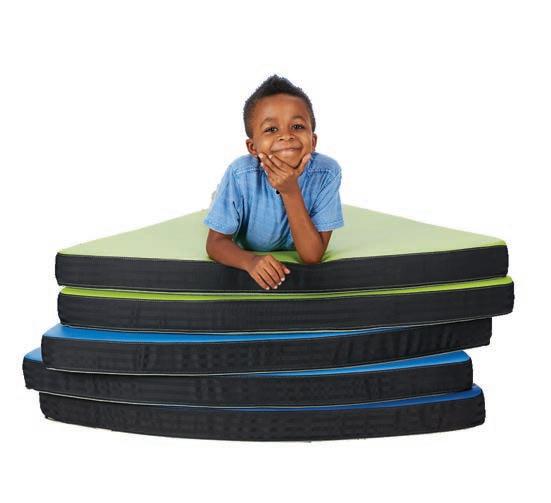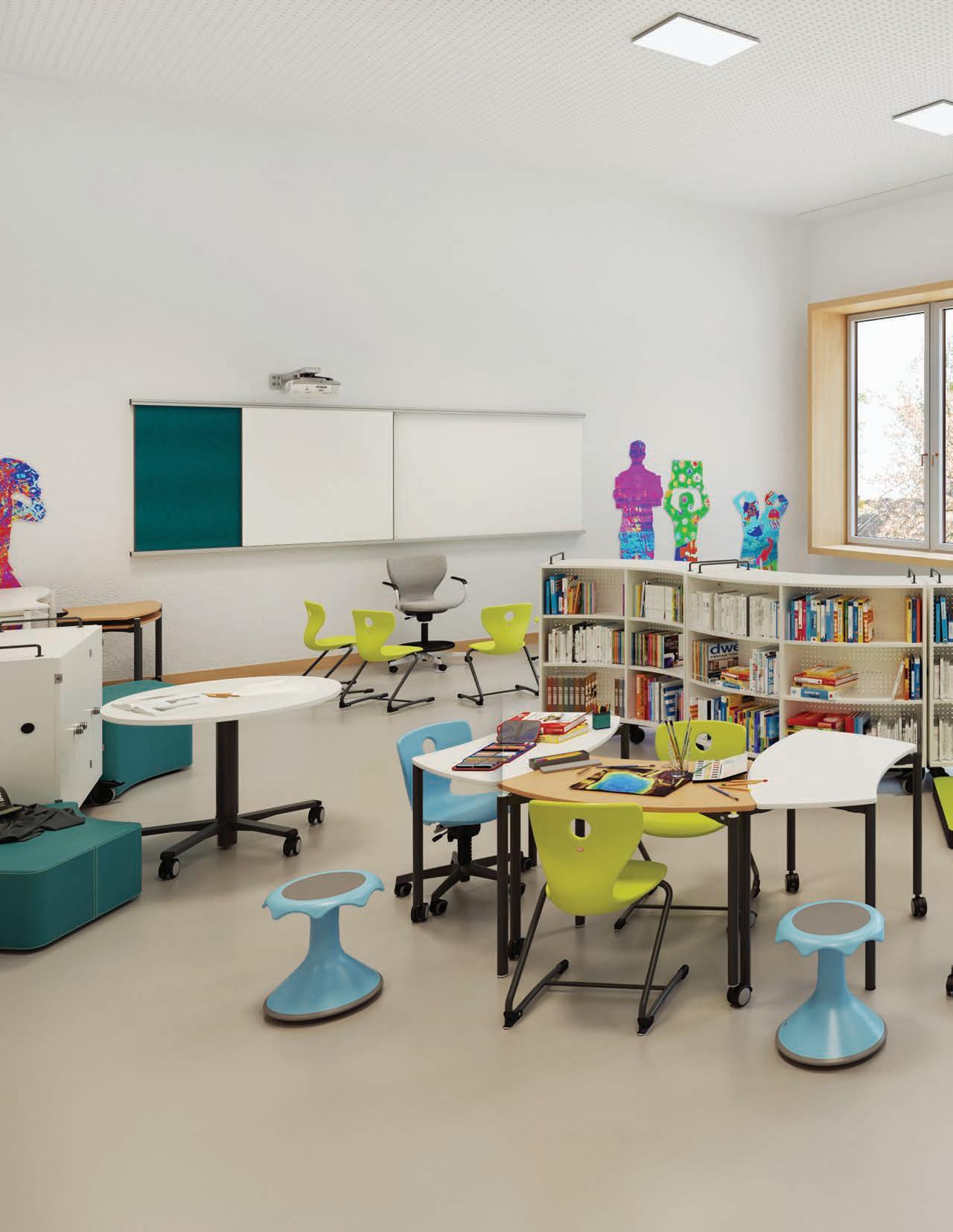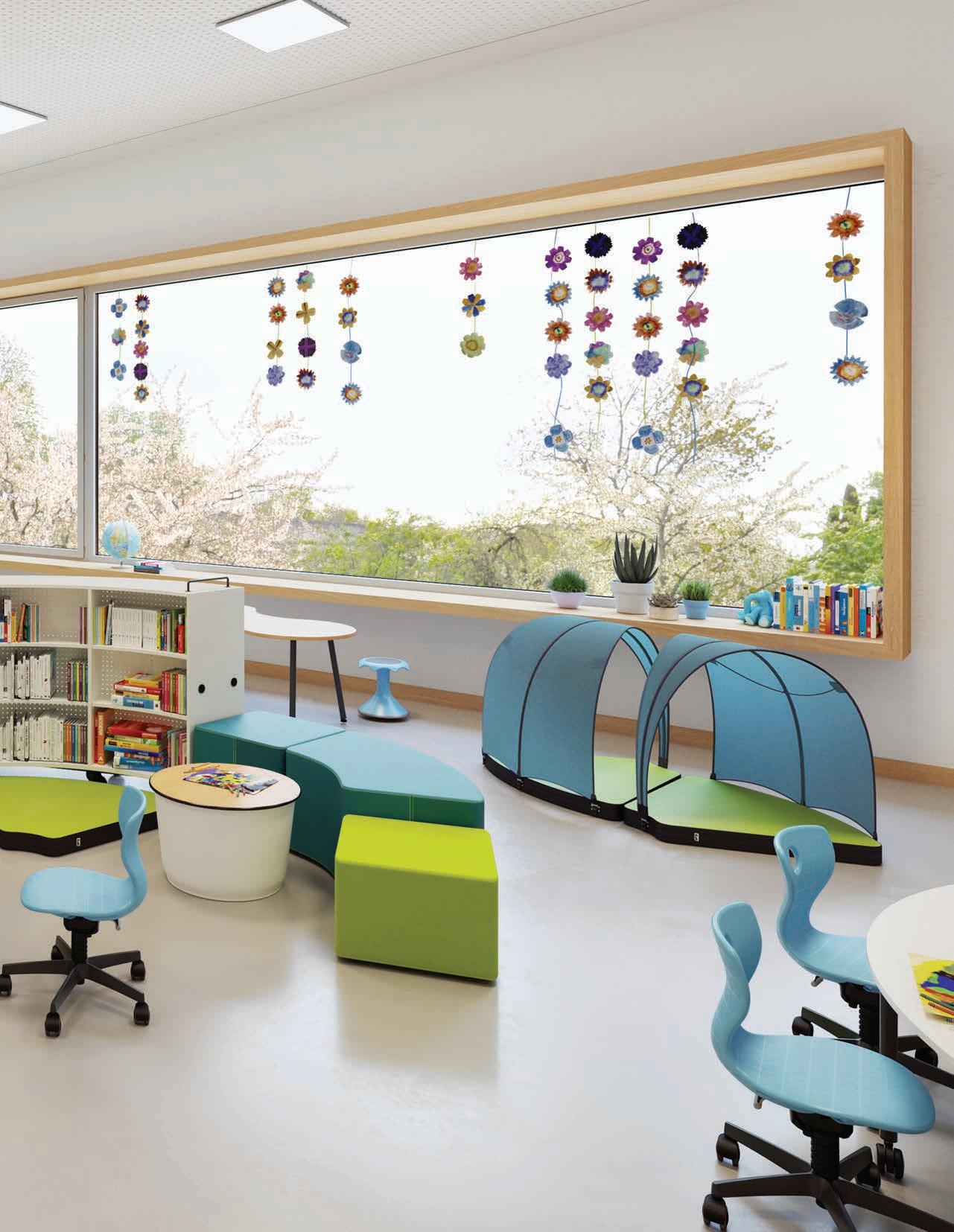
1 minute read
INDEPENDENT READING
Culturally inclusive classroom libraries with rich texts develop students’ vocabulary and reading fluency.
Independent reading is about students finding joy in their reading selections, being curious about the characters, and exploring topics they are passionate about.
After independent reading, invite students to share what they are reading about - including characters, settings, and various themes. Teachers can glean insight about students’ interests by debriefing in socratic dialogues using literacy concepts and skills. This helps ensure that children develop critical foundational literacy skills such as comprehension and vocabulary.

Giving students dedicated reading time helps strengthen their reading abilities. Flexible seating options provide students the opportunity to self-appropriate different types of seating. When we give students agency to grab a book, get comfortable, and change positions we can foster their curiosity for nonfiction or spark their imaginations through fiction.
1.
Flexible seating provides educators and other educational specialists who flow in and out of classrooms throughout the day with various spatial layouts to support personalized literacy skill-building.

2.
Intentional shelving provides not only spatial separation to help define solo spaces for independent readers but also provides easy access to diverse and high-interest books for all reading levels.
3.
A sense of solitude can help readers stay focused by reducing distractions, and also support wellness by providing quiet time before or after collaborative activities that occur throughout the day.
4.
5. Creative storage options provide on-demand tools and resources for language acquisition.
A variety of seating options in the learning environment means students are able to define a solo space using furniture. Solo spaces help readers with a sense of ownership and solitude.






